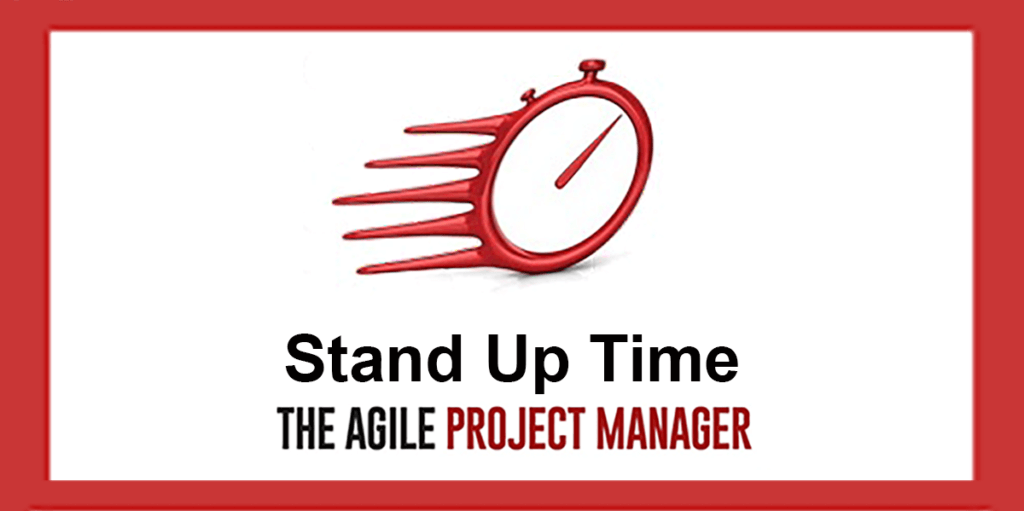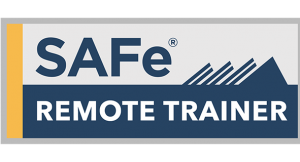
Adapting vs Adopting
I realised this month that we have spent over half the year in ‘pandemic mode’. What was new has started to become the new normal. Is anyone struggling to remember what life was like prior to 2020?
It’s been a big year so far. We have collectively endeavoured to make sense of a year full of surprises and challenges, with more plot twists than the most out-there tv drama. And here we are approaching the end of the year. Reflecting on this, I’m noticing the things that have become the new normal – so much so I can’t imagine life another way. Just this morning, I walked into my study, turned my box lights on, put my headset on, and joined my first Zoom meeting of the day. There was a time where that would have been ‘a bit unusual’.
I’ve chosen to adopt many things as a way of working, and I have found this makes all the difference over simply adapting. I’ll explain: When I think of adapting, I think temporary. We all initially adapted to the big changes that the pandemic forced on us, but I feel that only adapting is like a roadworks detour – something you put up with until you can go back to your original route. However, adopting involves longer term thinking. It requires a form of acceptance that ‘things will be like this for a while’, and in turn more permanent strategies. I think it’s important to call these out, as adopting something new takes energy; and as we get ready to reflect on our year, before we wonder where the time went and what we did with it, we did THIS. We adopted a whole new way of living and working under difficult circumstances. And that alone is worth celebrating.
October went by in a flash, and I’m looking forward to sharing what I got up to, and of course, hearing from you. Let’s use this time of rapid change to calibrate, collaborate and iterate together.
Emma
The Agile Project Manager
https://theagileprojectmanager.com.au/
p.s. Missed September? You can find it here.
Accomplishments
 I levelled up my Scaled Agile game by certifying as a SAFe Architect. The SAFe Architect course was great – an opportunity to learn from the perspective of the Architect on an Agile Release Train. I’ve worked a lot with Architects and understand the challenges they have with incremental delivery, and balancing intentional and emergent design, and this course gave me the tools to have better conversations with my stakeholders to face into these challenges. I highly recommend this course if you’re an Architect looking to find your way in the world of Agile.
I levelled up my Scaled Agile game by certifying as a SAFe Architect. The SAFe Architect course was great – an opportunity to learn from the perspective of the Architect on an Agile Release Train. I’ve worked a lot with Architects and understand the challenges they have with incremental delivery, and balancing intentional and emergent design, and this course gave me the tools to have better conversations with my stakeholders to face into these challenges. I highly recommend this course if you’re an Architect looking to find your way in the world of Agile.
 I also completed my Trainer Enablement as a SAFe Remote Trainer. After eight months of facilitating remotely, I found the material helpful to fill gaps and I guess to act as a convincer that “Yes! I CAN facilitate remotely!”. This message is more for me and my inner monologue than for anyone else by the way. As I initially ‘adapted’ to remote training, there was a big part of me that didn’t believe it was as good as live face to face training. It was only after I looked for the ways that remote training could be BETTER than face to face that I adopted it fully. Because, let’s face it, we CAN learn remotely – in fact many people learn better remotely. And the tools and techniques that are available right at our fingertips can enhance the learning experience. Also, and it’s a wrench to say this, it’s going to be some time (if ever) that we are going to be able to fill a room full of people and stand around walls with post-it notes
I also completed my Trainer Enablement as a SAFe Remote Trainer. After eight months of facilitating remotely, I found the material helpful to fill gaps and I guess to act as a convincer that “Yes! I CAN facilitate remotely!”. This message is more for me and my inner monologue than for anyone else by the way. As I initially ‘adapted’ to remote training, there was a big part of me that didn’t believe it was as good as live face to face training. It was only after I looked for the ways that remote training could be BETTER than face to face that I adopted it fully. Because, let’s face it, we CAN learn remotely – in fact many people learn better remotely. And the tools and techniques that are available right at our fingertips can enhance the learning experience. Also, and it’s a wrench to say this, it’s going to be some time (if ever) that we are going to be able to fill a room full of people and stand around walls with post-it notes
What am I working on?
I have been facilitating SAFe Scrum Master and Leading SAFe with the team at Pretty Agile and I’m loving it, with more workshops scheduled for November, December and January. Pretty Agile have a policy of two SAFe Program Consultants (SPCs) per class, which as a participant means you benefit from a minimum of twelve combined years of SAFe experience – that’s a lot of practical examples and learning reference points! And as a trainer this is a game-changer. As you know I am a lifelong learner, so the opportunity to teach alongside an experienced practitioner means we’re both learning all the time. Whether it be a new way of explaining a concept, or a deeper understanding of one, it makes such a difference. And everyone wins from this. You can check out the upcoming classes with Pretty Agile here. The team have kindly offered a sweet deal for subscribers – $50 off with the code: EMMASAFE. Available until December 31st 2020.
Of course, all this excitement has taken me away from finishing recording Delivering Successful Projects – my next online course. But it’s still happening! Recording is progressing and on track to deliver in December. Stay tuned! In the meantime, check out Agile QuickStart if you’re interested in an introductory course in Agile as a way of working.
What’s getting in my way?
Last month I talked about the weight of world events, and this is still a theme – especially when it comes to planning. Like many people, I can be optimistic when planning what I think I can do, but in this moment, right now, I’m understanding that world events make things more difficult, but I’m not always factoring it in. It means I risk setting myself up for failure by planning WAY more than I can do. I need to take my own medicine and ask myself the question I ask the teams I coach – “looking ahead to the next time period, is this plan realistic? Can we do everything? Or do we need to let something go, and bring it in if we have time?” How do you handle optimism when planning?
Next Month
What are YOUR actions?
Here’s where we calibrate, collaborate and iterate. I would love to hear from you:
· What did YOU accomplish? What are YOU working on? What’s getting in YOUR way?
· How are you managing the things that GET IN YOUR WAY?
· What are the actions you are now going to take?
Join in the conversation on the Facebook page.
